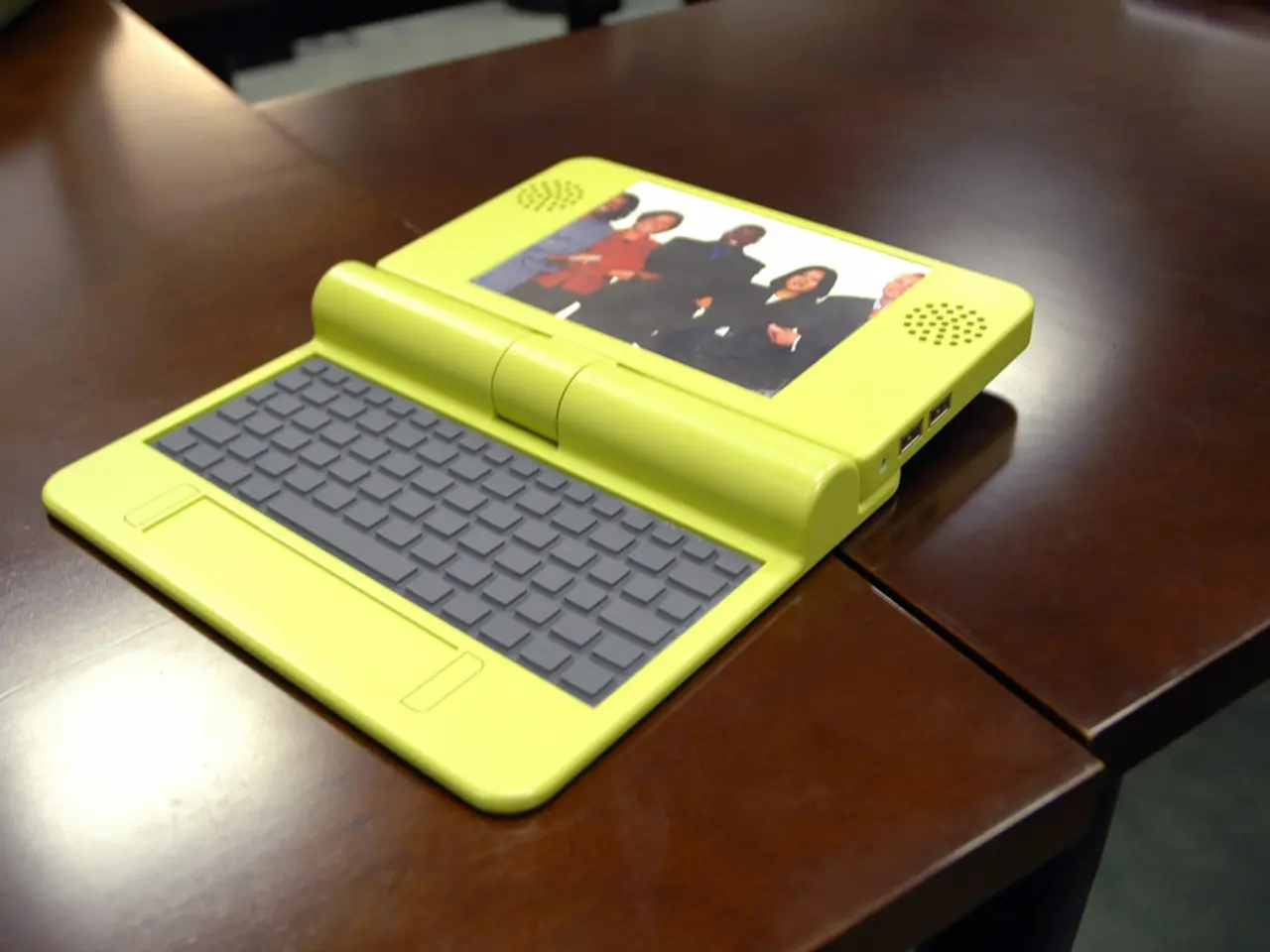Desk Comparison: Computer Table vs. Office Table - Which Option Outshines?
When it comes to setting up your workspace, choosing between a computer table and an office table can be a daunting task. Both options cater to different needs and preferences, and understanding their distinct features can help you make an informed decision.
Functionality
Computer tables are specifically designed to accommodate computer setups, complete with cable management systems, space for monitors, keyboards, and peripherals. They may even include integrated power outlets or charging ports to keep devices powered and organized, facilitating efficient computer use.
On the other hand, office tables (typically conference or general-purpose office tables) focus on facilitating meetings, collaboration, and group work. They emphasize surface area for multiple participants, may include built-in multimedia connectivity for presentations, and support organizational needs during meetings.
Ergonomics
For individual computer work, ergonomics play a crucial role. Computer tables prioritize ergonomic factors tailored for individual users, such as ideal height for typing and viewing, enough legroom, and sometimes sit-stand functionality to support health and comfort during prolonged computer use.
Office tables focus on ergonomic features that enhance comfort and productivity for multiple users, including generous legroom and appropriate height to allow participants to sit comfortably for discussions. Ergonomics here ensure comfort over longer meetings but for a group rather than individuals.
Style
Computer tables often have modern, minimalist designs to fit home offices or individual workspaces, sometimes with sleek, tech-integrated elements like digital height controls, Bluetooth connectivity, or contemporary materials to blend smoothly with personal office décor.
Office tables (conference-style) tend to exhibit a more formal or professional style, often larger and more imposing, made from wood, laminate, or metal, optimized to project authority or corporate identity, and designed for accommodating groups.
Design
Computer tables come in sizes ranging from compact desks (approx. 47 to 63 inches wide) suitable for single users to larger executive desks (up to 72 or 86 inches wide) that provide ample personal workspace for multiple monitors and devices. They may also include additional design features like adjustable height, stable frames that can support heavy equipment, and built-in shelves or drawers for added storage.
Office tables are larger, often designed in various shapes (rectangular, oval, modular) to cater to different meeting formats and group sizes, with deeper desktops to hold documents, presentation equipment, and multiple attendees comfortably. They emphasize adaptability for teamwork and may have configuration flexibility for different meeting styles.
In summary, computer tables optimize for individual computer work with ergonomics and technology integration supporting personal productivity, while office tables emphasize collaborative functionality and group ergonomics, larger size, and formal style suited to meetings and teamwork. Their design reflects these core differences in purpose and user needs.
When choosing between a computer table and an office table, consider the functionality, ergonomics, and design aspects that best suit your specific needs and preferences. Whether you prioritize a sleek and modern design, a versatile workspace for a range of activities, or a dedicated space for your computer, there's a table out there that's perfect for you.
Technology seamlessly integrates with computer tables, providing cable management systems, charging ports, and sometimes even digital height controls.
When remodeling your home-and-garden space into a professional workspace, office tables offer a formal style that projects authority or corporate identity, suitable for meetings and teamwork.







